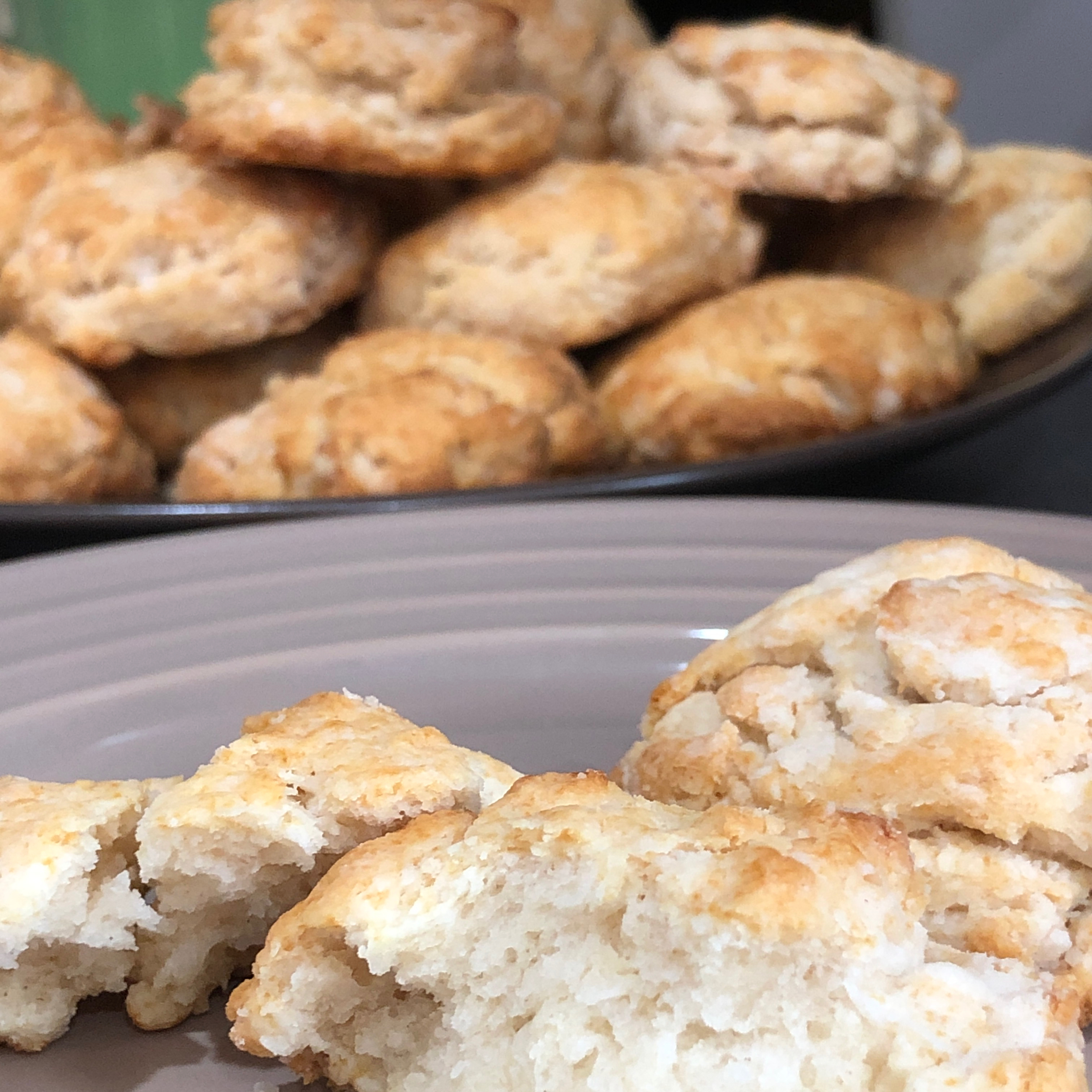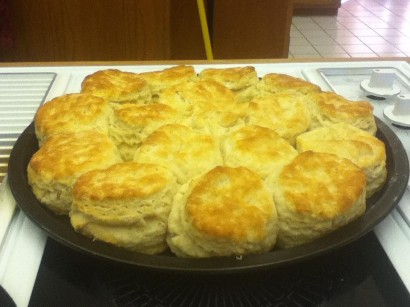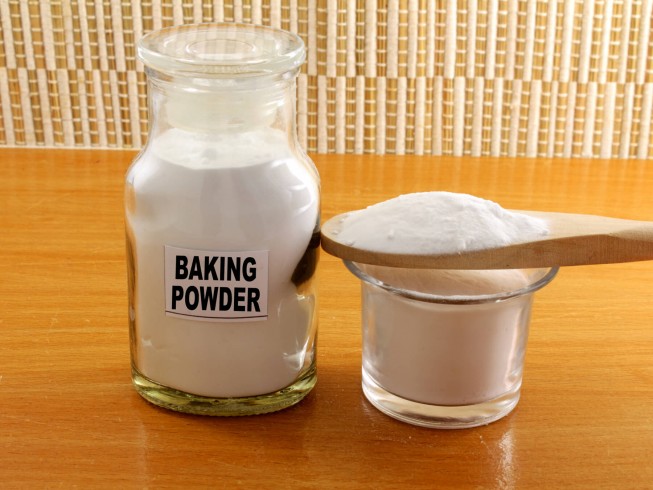
That’s why anyone looking to add protein powder to their diets should speak to a doctor first and get their recommendation for certain types or brands. In fact, some studies have shown that consuming too much protein, in the long run, can potentially damage the kidneys and mess up the body’s iron and calcium balance ( x).

Be careful, though, since that amount might be a little too much at once. Most protein powders contain around 80 grams of protein per serving. Protein-rich foods tend to make people feel full longer, so they eat less often and can manage a healthy weight. The benefits of protein powder heavily overlap with the benefits of protein, one of three crucial macronutrients for body function (the others being fats and carbohydrates). Most often, they are blended into meals, or milk, smoothies, or even plain water.

Many people use it as a supplement for building muscle after moderately intense exercise, aiding in weight loss, or just getting a little more protein. Protein powder sounds like part of some futuristic fad diet plan, but it’s used more often than one might think. However, you can consult a doctor or dietician to get the best recommendation. Protein powder may be mainly a powdered version of protein-rich foods, but they have added chemicals and components that might be entirely good for you. It’s still essential to consume protein from real food. Remember that protein powder is not the only way you can consume protein.

You can use them for baking and cooking, adding a dash more protein, not to mention flavor, to classic recipes like pancakes, cookies, ice cream, and even pizza dough. Biscuits are always best when they're rewarmed before serving.Most people think of protein powder as being strictly for protein shakes, but they have a touch more versatility than that. Store any leftover biscuits, well wrapped, at room temperature for several days. Remove them from the oven, and serve warm. Brush the biscuits with milk, to enhance browning.īake the biscuits for 15 to 20 minutes, until they're lightly browned. Place the biscuits bottom side up on your prepared baking sheet turning them over like this yields biscuits with nice, smooth tops. Or to avoid leftover dough scraps, cut the dough into squares or diamonds with a bench knife or sharp knife. Fold it into thirds like a letter and roll gently with a floured rolling pin until the dough is 3/4" thick again.Ĭut the dough into circles with a biscuit cutter for traditional round biscuits a 2 3/8" cutter makes nice-sized biscuits. Pat it into a rough rectangle about 3/4" thick.

Place the dough on a lightly floured work surface. If the mixture seems dry and won't come together, don't keep working it drizzle in enough milk - up to an additional 2 tablespoons (28g) to make it cohesive. Mix quickly and gently for about 15 seconds, until you've made a cohesive dough. Drizzle the smaller amount of milk evenly over the flour mixture.


 0 kommentar(er)
0 kommentar(er)
